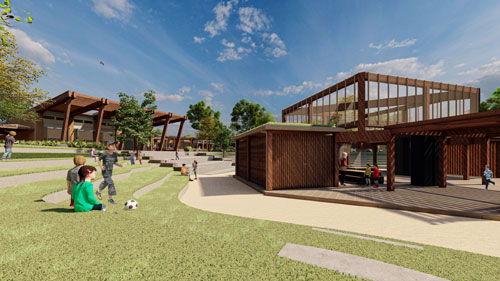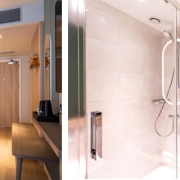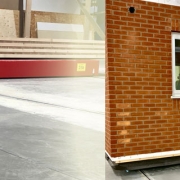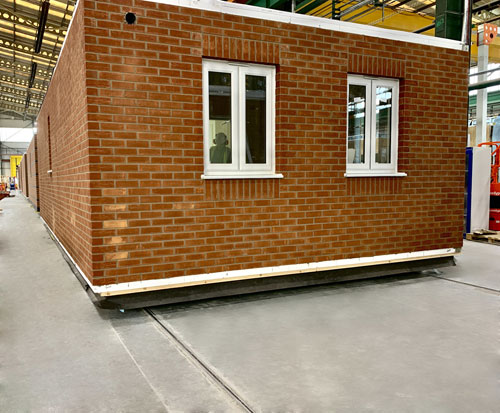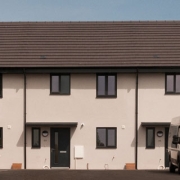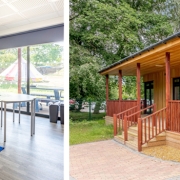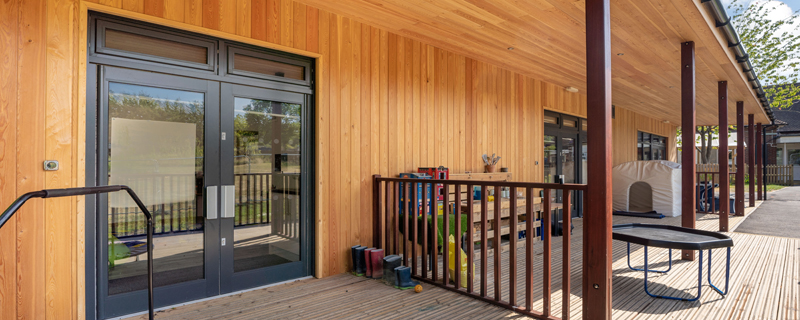 In this interview, Marsh Pullen, Capital Contracts Manager for the Royal Devon University Healthcare NHS Foundation Trust, explains the process of procuring a modular building from Wernick. This includes the benefits of the modular building method, the challenges of the project and the feedback from the end users.
In this interview, Marsh Pullen, Capital Contracts Manager for the Royal Devon University Healthcare NHS Foundation Trust, explains the process of procuring a modular building from Wernick. This includes the benefits of the modular building method, the challenges of the project and the feedback from the end users.
“We required a new building to increase our elective bed capacity to assist with the backlog of elective surgical patients that the trust currently has.
A modular building was chosen primarily because of speed of deployment, but also because it complimented the space that we had on site and it minimized disruption and the build time on the actual hospital site.
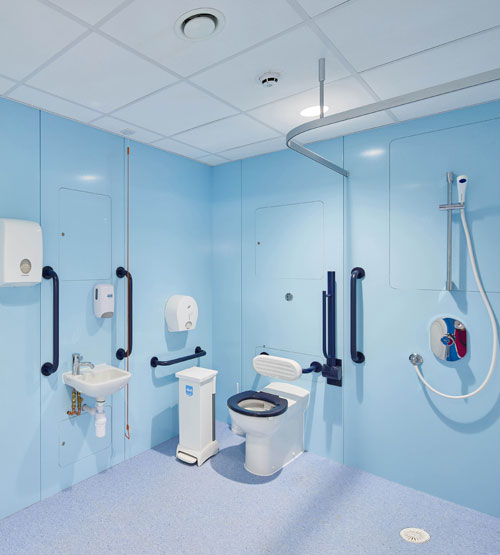
Procurement
We went out to the marketplace using the modular building framework and we had a specification of our requirements. Wernick were able to offer a very competitive package and they were a clear winner.
We raised an order with Wernick Buildings and 20 week later we were delivered a fully compliant, completed building. One week after that we were treating patients in it.
We asked Wernick to deliver a compliant ward. What they actually delivered was above and beyond that because although it is compliant it also aligns with our standard specification for mechanical and electrical items which means that our users, clinical users, are familiar right out the box of how all of the systems work.
Challenges
We had some logistical challenges with the install which the Wernick build team were able to overcome. The ward is in a bit of a tight corner of the hospital. It also needed to marry in with the existing structure to allow patients to transit to and from the main building and it also had to be undertaken on the site of an acute care hospital which is at full capacity all of the time and the Wernick team were able to undertake the work with minimal disruption.
Wernick and the design team on the clinical side worked really, really well together. There was a lot of harmony. Whenever we had a problem it was overcome collectively – and that proactive attitude shows through on the outcome that we’ve got a successfully delivered ward within the timeframe.
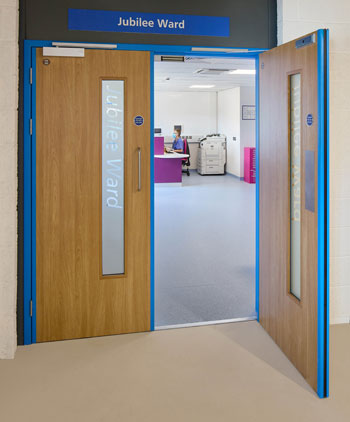 Feedback
Feedback
The feedback from the end users is great. Everybody that’s looked at it so far absolutely loves it. It’s a 21st century ward with all of the mod cons and all of the elements that it requires to treat the patients we need it to.
Our experience of working with the Wernick build team is very professional, they said they could deliver us a ward on time, on budget and they have, and that speaks volumes.
I can’t speak highly enough, really, they’ve delivered us a fantastic ward which I’d put up against any ward in the UK for quality, speed of delivery, and affordability.”




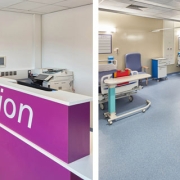
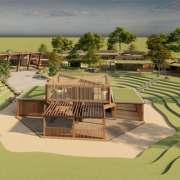
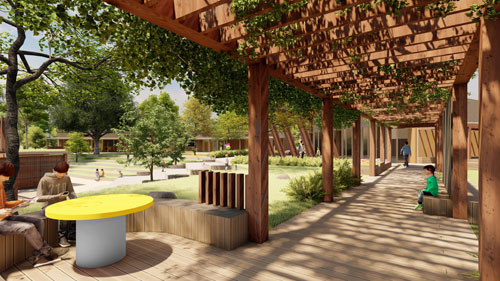 Exposure to Nature
Exposure to Nature